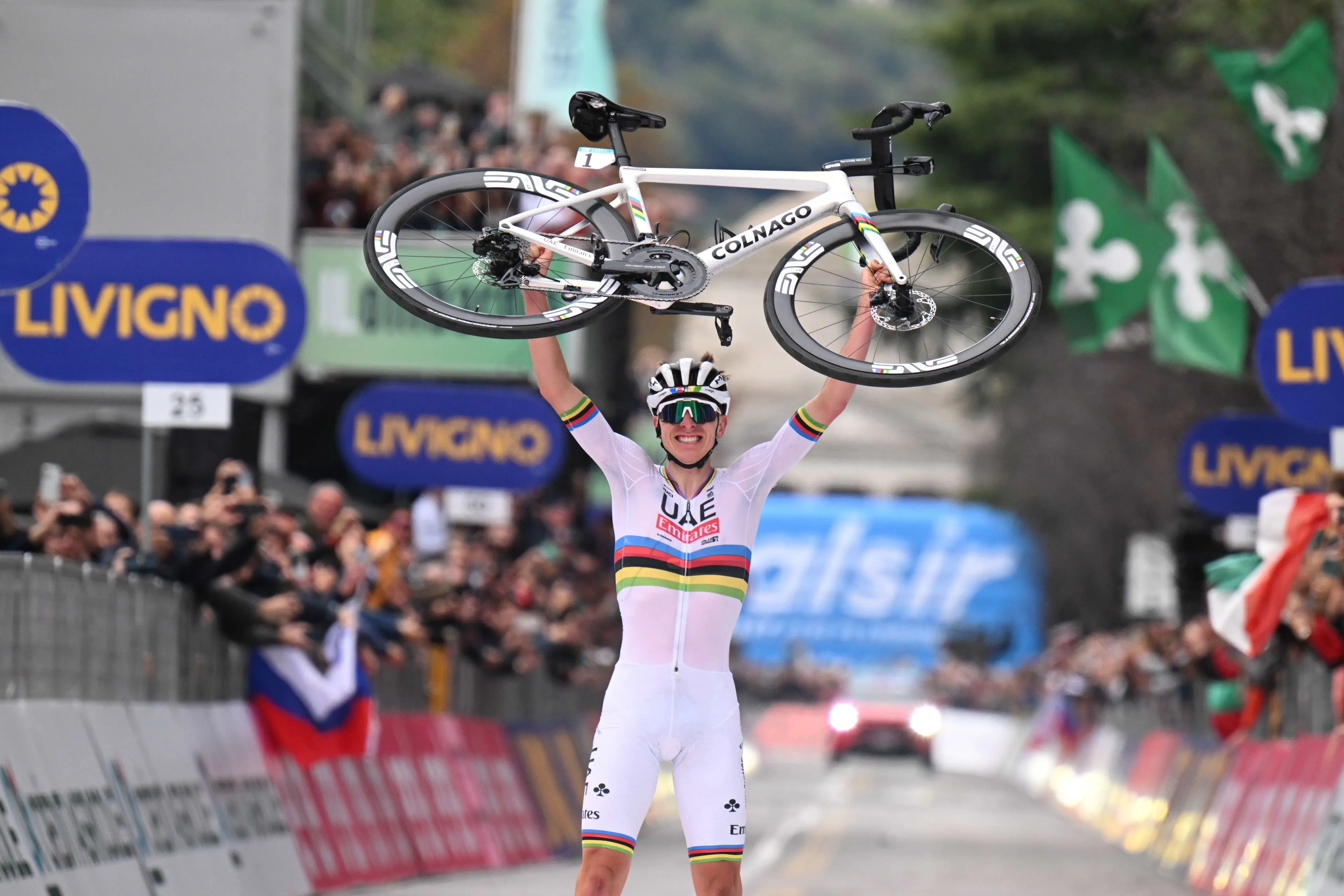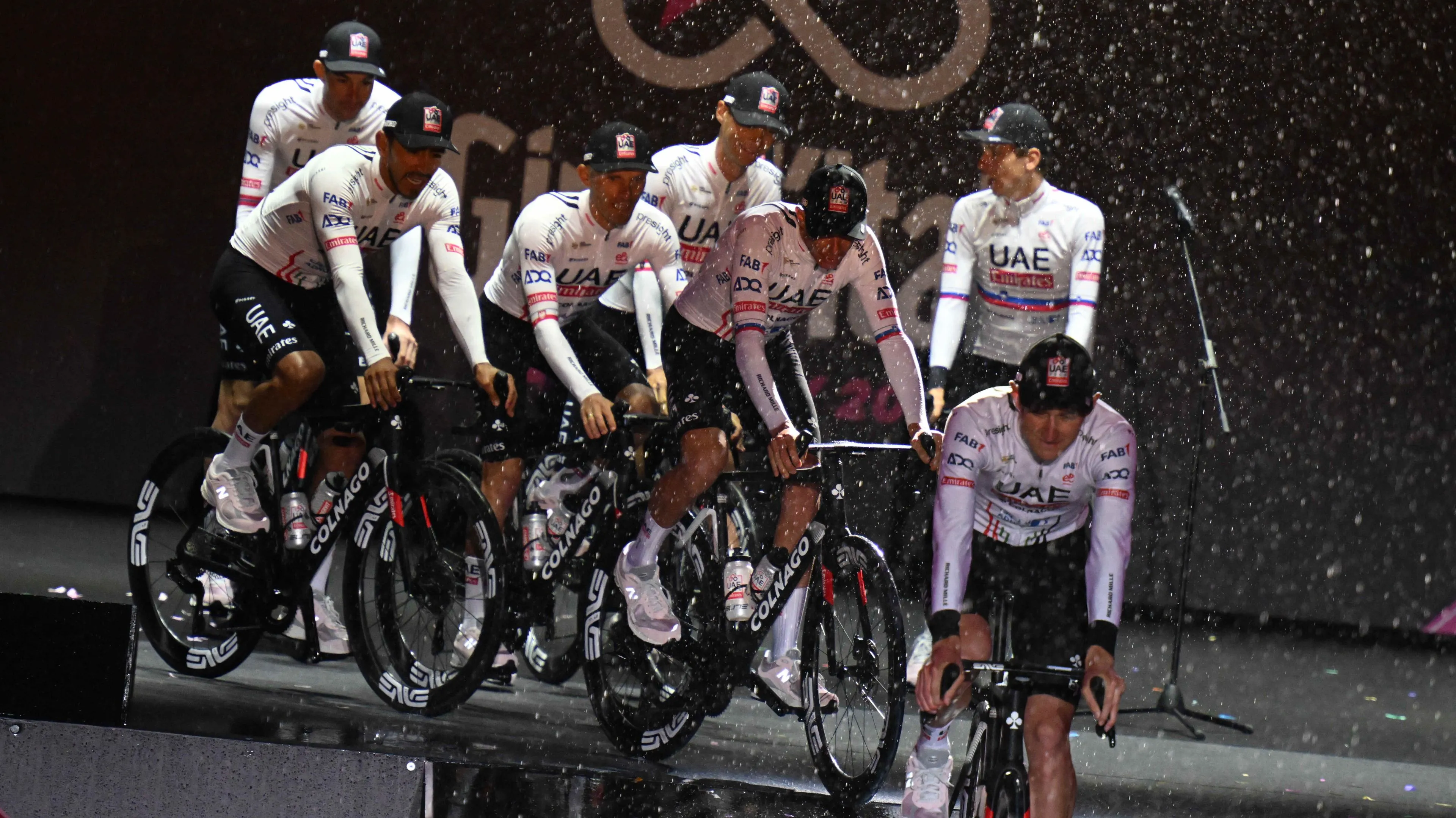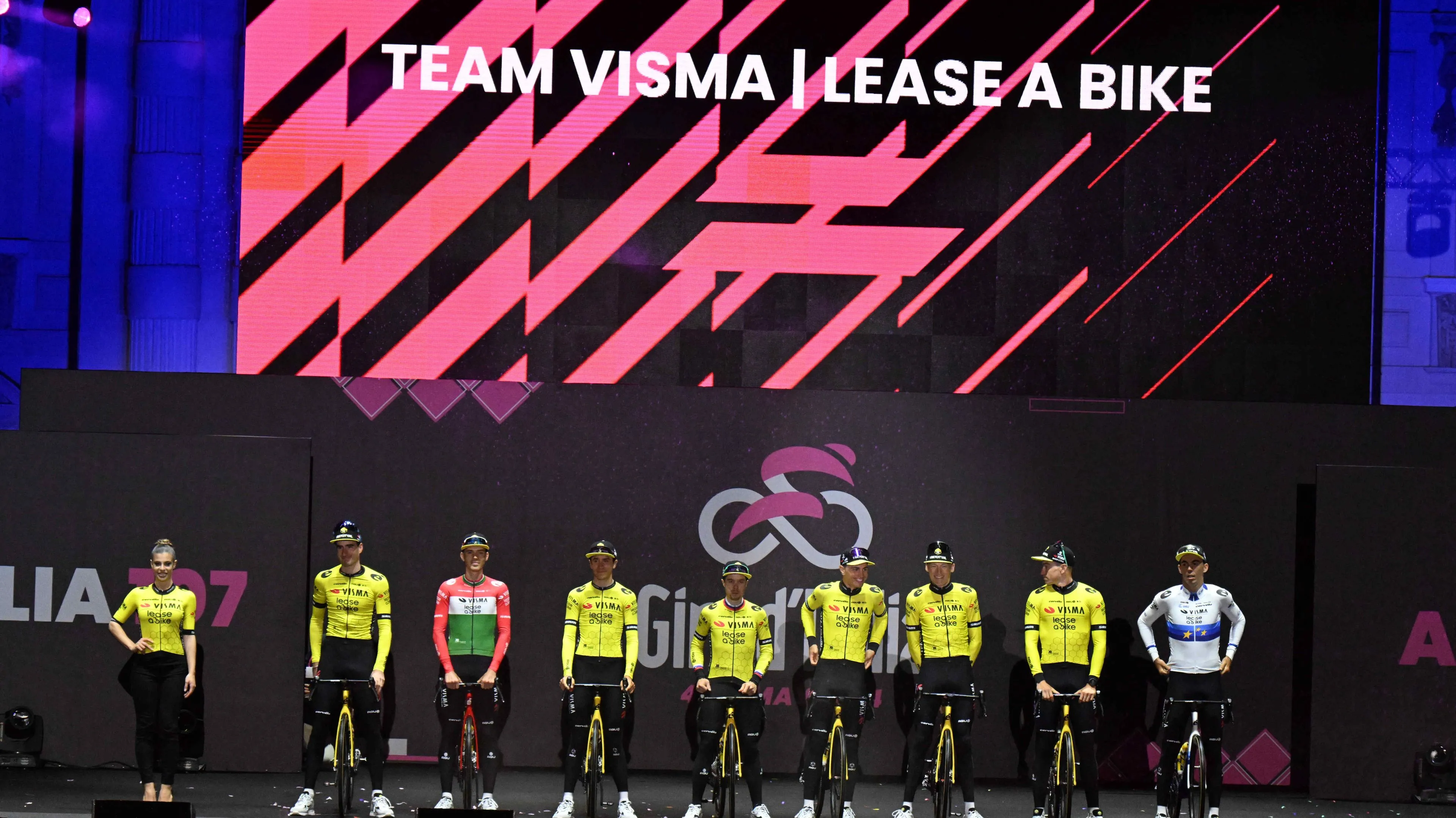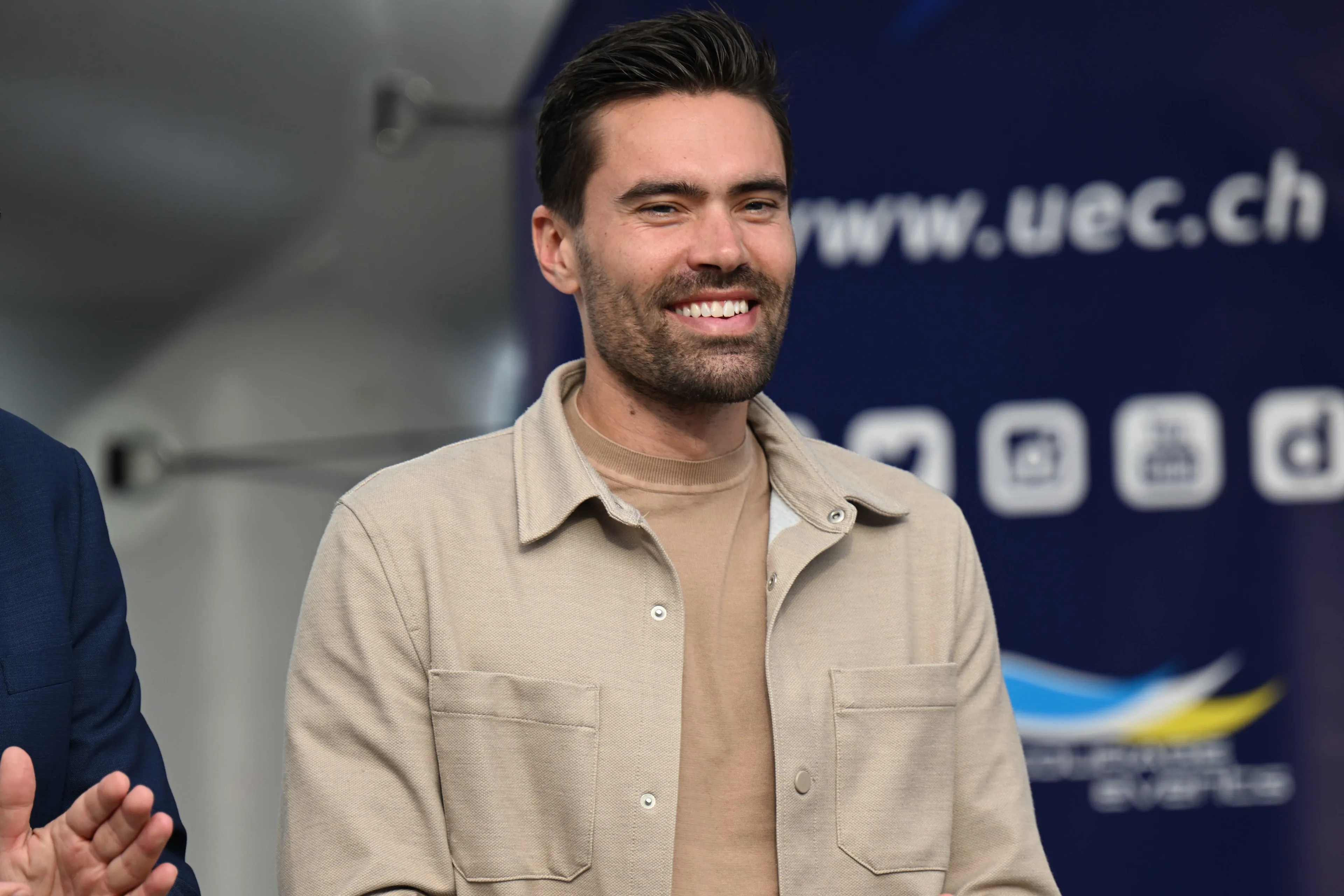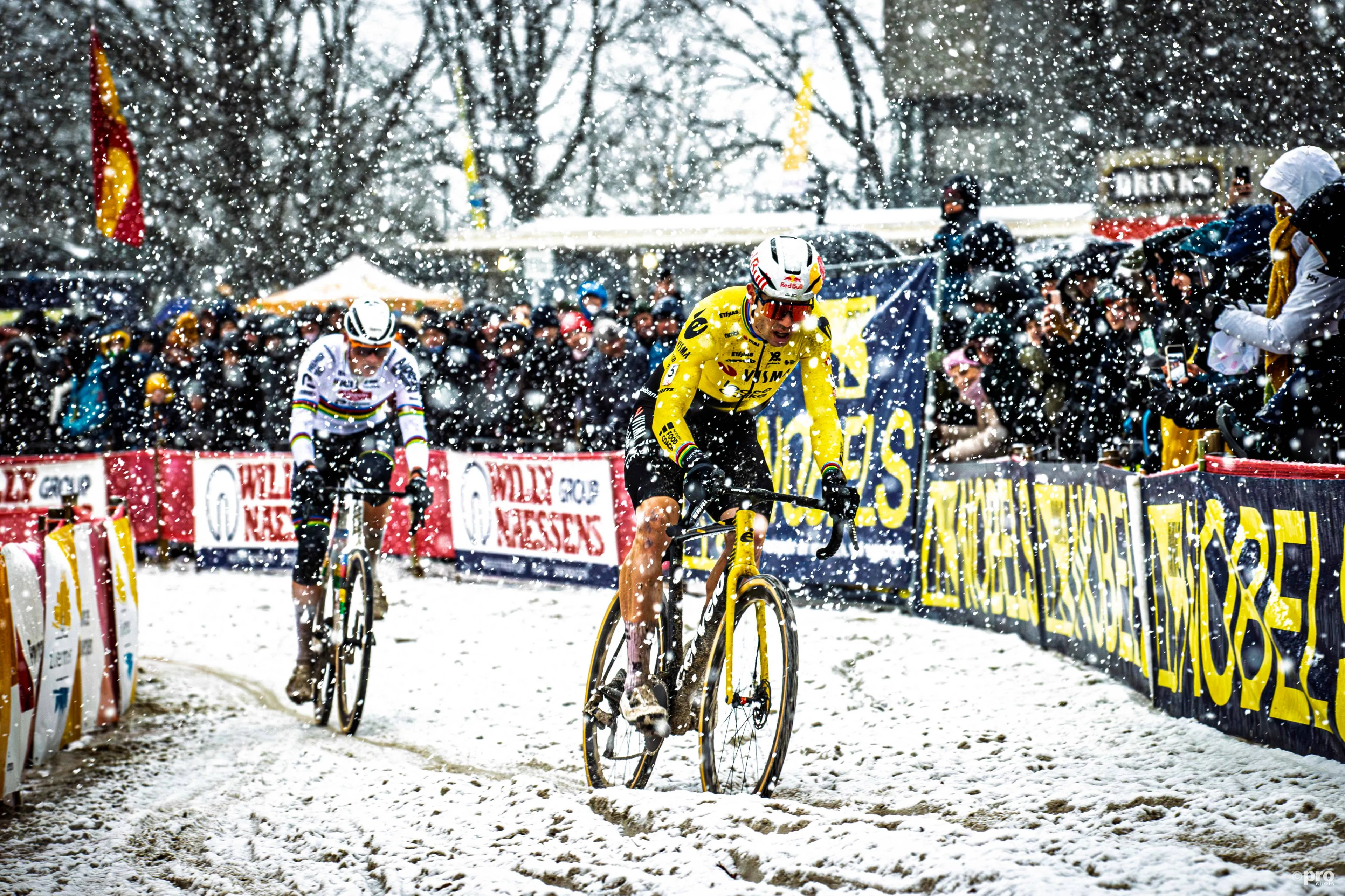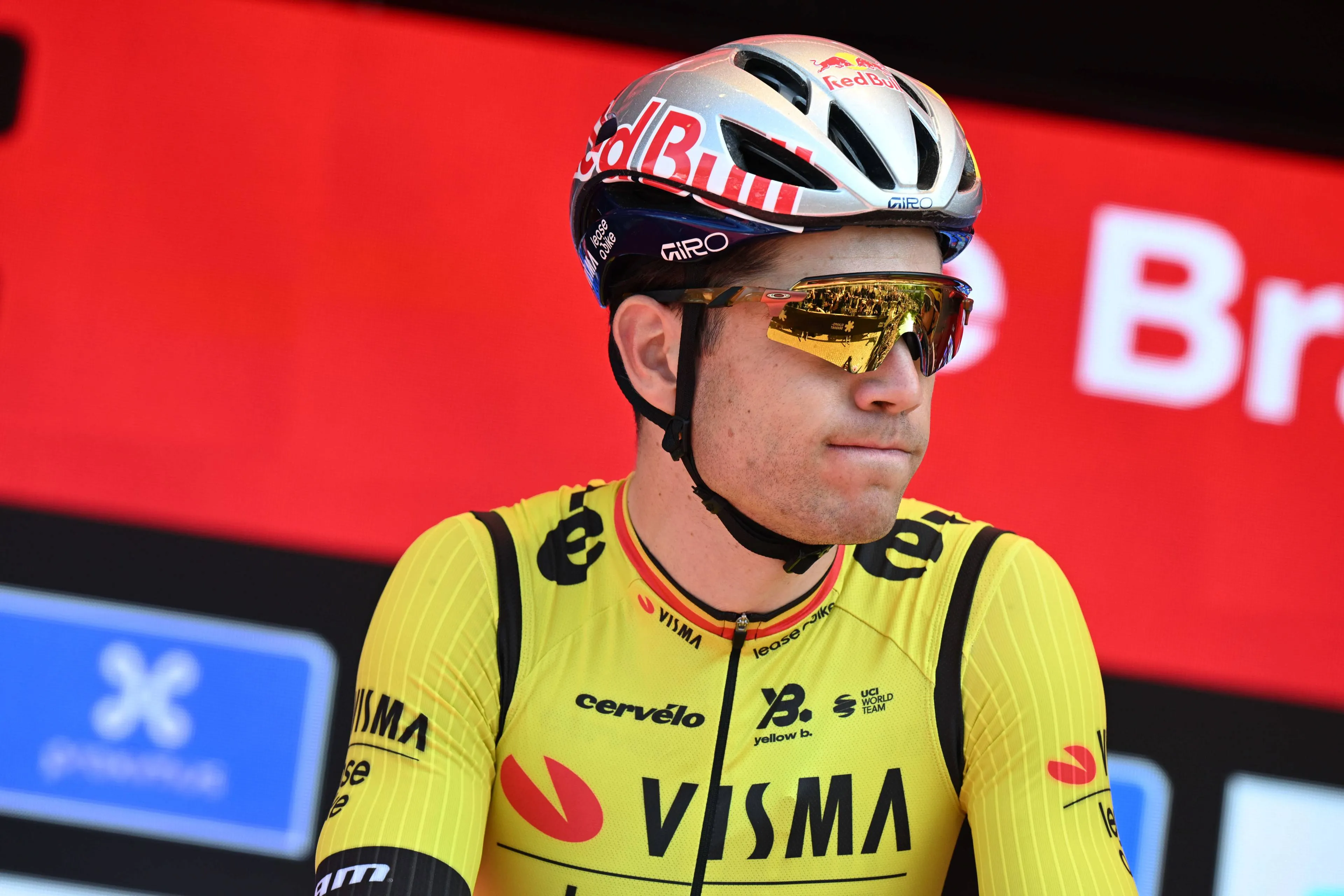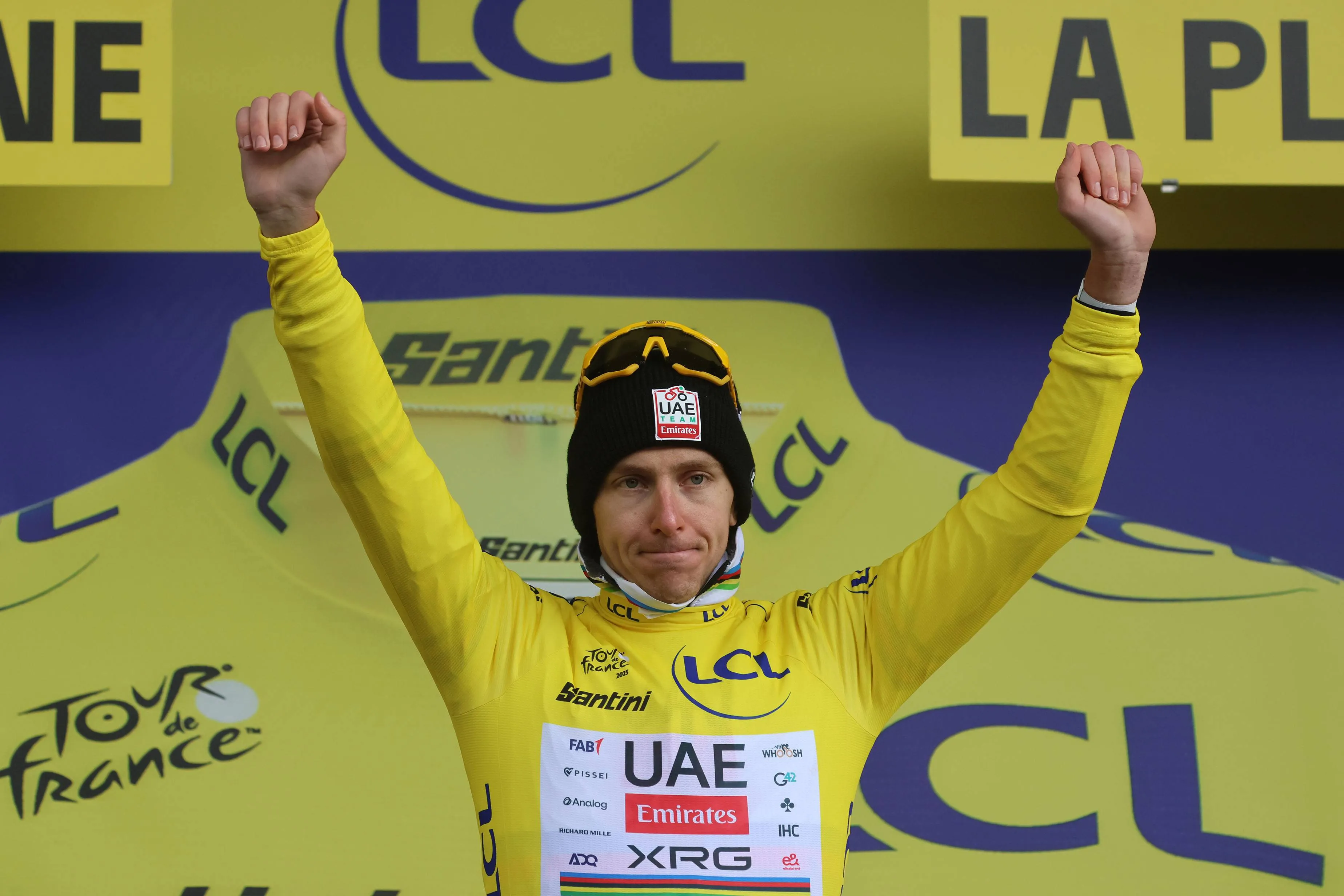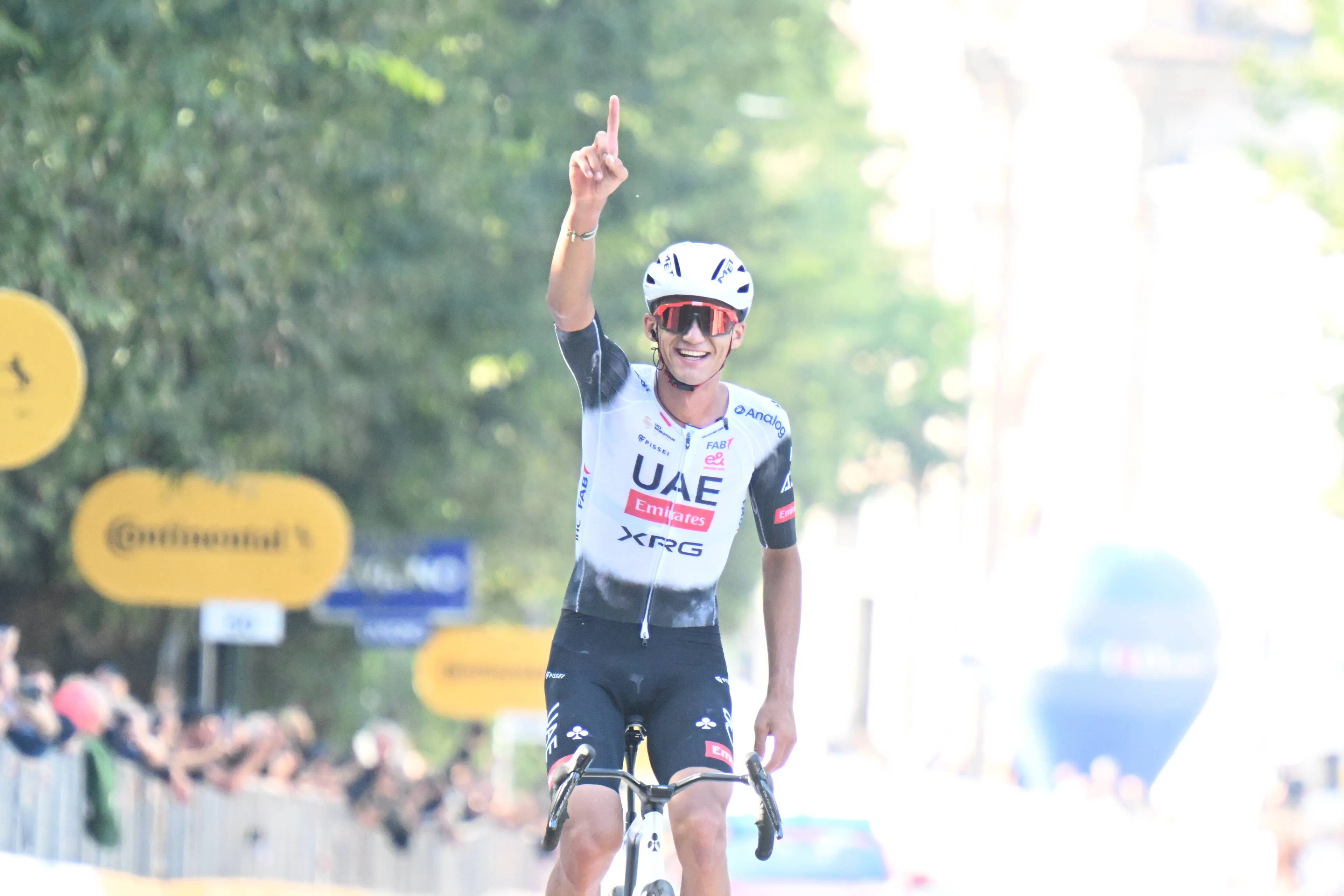“What is 500 euros if you can prevent deaths with it?” – Stefan Kung offers an interesting solution to cycling’s safety concerns
CyclingSunday, 22 December 2024 at 09:28
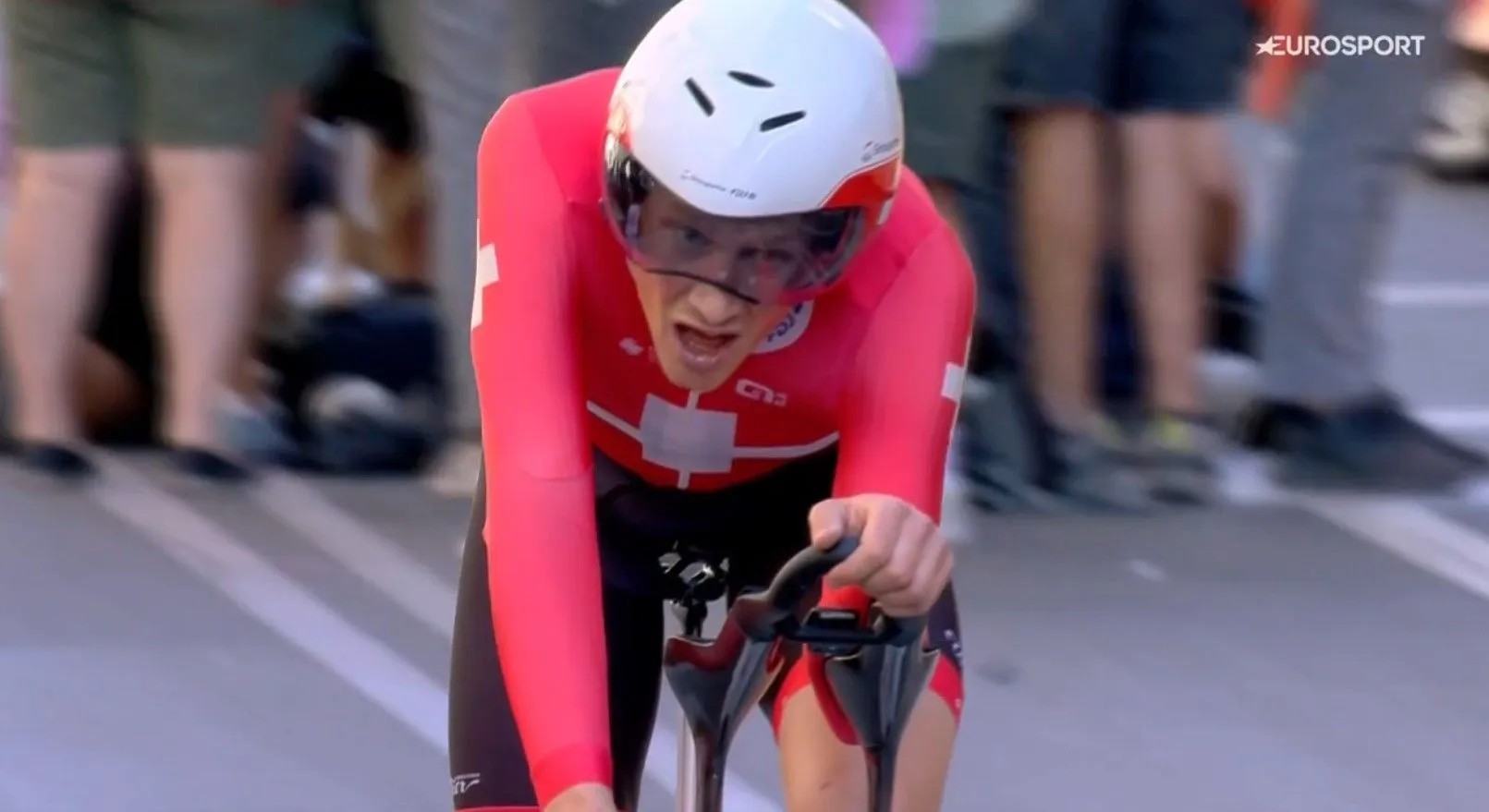
Groupama-FDJ’s Stefan Kung has brought renewed attention to
the ongoing conversation about safety in professional cycling, particularly
during the Flanders Classics. The Swiss rider, who won his first grand tour
stage this year at the Vuelta, shared his thoughts with Sporza, proposing
potential solutions to mitigate the risks that riders face.
Kung drew an interesting parallel to another high-risk
sport, skiing, to highlight the need for innovation. “At one point, the
international ski federation FIS wanted to require all skiers to wear an airbag
in competitions. But I read that many skiers then requested an exemption
because they were concerned about the functioning of the system. They feared
that they could injure their neck when the airbag inflates,” Küng explained.
Read also
Despite the initial resistance in skiing, Kung believes such
a concept could have potential in cycling if implemented correctly. “If an
airbag really works and becomes mandatory in the race, it could be a solution,”
he suggested. “It will cost money. But what is 500 euros if you can prevent
serious injuries or even deaths with it?”
The Swiss rider also pointed to the persistent dangers on
some of the sport's most iconic routes, including the approach to the Oude
Kwaremont, a decisive climb in races like the Tour of Flanders. Kung expressed
concern about the high speeds and narrow margins for error on this section.
Read also
“But the approach to the Oude Kwaremont is actually exactly
the same,” Küng observed. “At 80 to 90 km/h we fly over a fast and wide road,
on a descent. If two riders were to touch each other with their wheels there,
thirty riders would fall to the ground with the impact. The same goes for the
descent towards Ronse.”
This high-speed descent, combined with the competitive
jostling for position, has long been a cause of concern among riders. While
some improvements have been made, such as the removal of the dangerous Kanarieberg
from the Dwars door Vlaanderen route, Küng suggests more changes are needed to
ensure safety.
Küng believes that finding alternative routes could be one
solution, though he acknowledges the logistical challenges posed by the
geography of the Flemish Ardennes. “We have to ask ourselves if there are other
possible routes,” he stated. “But the climbs in the Flemish Ardennes are very
close together, so there are not many alternatives. It is a difficult topic.”
Read also
claps 15visitors 8
Just in
Popular news
Latest comments
- „We’re not asking anything of him, except that he’s there.“ … what was the problem with Ayuso then?Ketterechts08-01-2026
- What an overtly bias story!whit2pet08-01-2026
- The result at the TDF is independent of whether he rides Giro or not. 2nd at the TDFabstractengineer08-01-2026
- I wouldn't write them off for monuments any more than I would write off everyone competing against MVDP and Tadej. These two are the only clear favorites, but, if something happens Quick- Step has as good a chance as anyone.mij08-01-2026
- look at Remco and Egan. careers cut short if not permanently changed due to offseason crashes on the road. crashes happen, sadly, and being in competition does not make it any more or less likely.mij08-01-2026
- Makes sense. Finally got the Giro monkey off his back. Got a stage in all three GTs. He's never going to win the Tour, and probably isn't super fussed about fighting the young guns for leadership at other stage races. Why not just go out on a high?antipodeanpedalfan08-01-2026
- Everyone begins and ends life the same way. It's what we do in the middle that counts.paule08-01-2026
- Fact check false: I've crashed indoors before.acem8207-01-2026
- I'm wondering if he's quitting because Visma wouldn't make him their #1 at this year's Giro, which he believed suited him well. As defending champ he deserved his team's backing. After all, he's done a lot for Vingo.velodan07-01-2026
- If they keep sending Paul magnier to smaller races I expect he will bring in another heap of winsmobk07-01-2026
Loading
2 Comments
